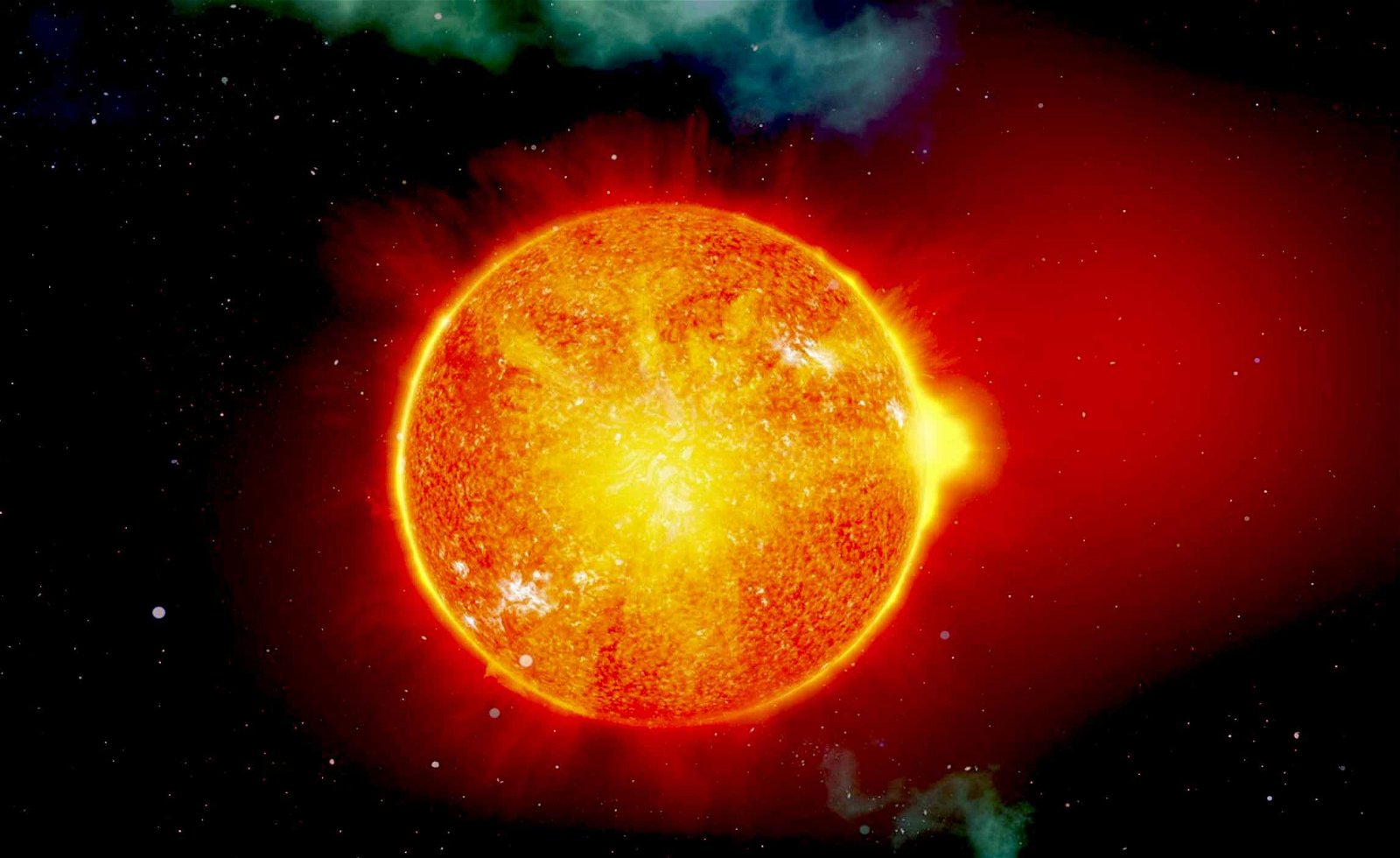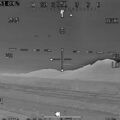How many tragedies of alien civilizations have we missed over the 13.8 billion years that elapsed since the Big Bang? Life must have been lost in many places before humans came onto the cosmic scene.
The graveyard of the Milky Way is full of stellar remnants surrounded by planets that used to be habitable long ago. We know that billions of Sun-like stars, born before the Sun in the Milky Way galaxy, had died by now and turned into compact metallic remnants called white dwarfs. The Sun is a late bloomer, formed in the last third of cosmic history. The paradise it created for life on Earth will eventually come to an end after it consumes its nuclear fuel and dies like many stars before.
At any moment in its evolution, a star has a “habitable zone” around it at a distance where liquid water could exist on the surface of rocky planets with an atmosphere. Also known as the Goldilocks zone, this is the distance range where the temperature is just right, not too cold for liquid water to solidify into ice, and not too hot for liquid water to vaporize. Given that the Sun nurtured life on Earth for the past 4 billion years, astrobiologists suspect that stars of its type should be prime targets in the search for life as we know it on Earth-like planets.
The nearest star to the Sun, Proxima Centauri, is 640 times fainter and so its habitable zone is about 25 times closer than the Earth’s distance from the Sun. Coincidentally, it has at least one Earth-mass planet in its habitable zone, Proxima b, but the planet’s atmosphere could have been removed by the stellar wind or ultraviolet flares from the closer star. If so, this would explain why we reside near a rare star like the Sun rather than a more common dwarf star like Proxima Centauri.
But even near the Sun, all good things must come to an end. Within a billion years, the Sun will brighten enough to boil off the oceans on Earth. The brightening trend will continue as the Sun will become a red giant. In 7.6 billion years, the luminosity of the Sun will rise by a factor of about 2,700, and its size increase by a factor of 250, engulfing the current orbital radius of the Earth. By then, the Sun would lose about a third of its mass, similar to my personal experience with a low-carb diet. The habitable zone of the red giant will shift from the Earth’s distance to the Kuiper belt at fifty times the current Earth-Sun separation.
Could primitive life emerge as a result of melting icy objects in the Kuiper belt? Most of these objects are too small to retain an atmosphere because of their weak surface gravity. Moreover, the brightest red giant phase would last tens of millions of years before the core of the Sun would evolve into a white dwarf.
During the red giant phase, humanity could migrate on an artificially-made space platform to maintain its Goldilocks’ distance from the brightening Sun. Having nuclear reactors on the platform would enable humans to eventually escape the solar system when the sun dims to a white dwarf.
Civilizations that were not fortunate enough to board a Noah’s ark of this type might have cried for help but we were not around to hear them. In the spirit of the philosophical thought experiment: “If a tree falls in a forest and no one is around to hear it, does it make a sound?”, we can ask: “If a civilization dies on an exoplanet and no human is on Earth to receive its transmission, does it make a signal?” My take is: “Of course. Many things happened in the Universe before the last few millions of years of human existence. The cosmic play is not about us, even though we tend to arrogantly assume that we are the main actors in it.” In fact, our detection of radio signals from a dying planet would deliver a much-needed dose of cosmic humility and provide a wake-up call that we should cooperate on space exploration for survival.
Alternatively, we could discover probes from alien civilizations that out of final desperation allocated all their economic resources towards venturing into interstellar space. Do we see any of their objects near Earth?
Our intelligence and military agencies would be the first to notice rare unusual objects near Earth because their day job is to monitor the sky. Astronomers, on the other hand, ignore fast-moving objects that cross the sky above their telescopes. Could a small fraction of the Unidentified Anomalous Phenomena (UAPs) flagged by military and intelligence personnel, be of extraterrestrial origin? This is the question that the Galileo Project Observatory at Harvard University is addressing right now by using machine learning software to analyze images of hundreds of thousands of objects across the entire sky. We hope to release results as they come along in future months. With more donations, we hope to construct more observatories and increase our data output.
A few days ago, I had the privilege of a long conversation that lasted more than an hour with David Grusch, who recently testified under oath to the US Congress about programs within the government for crash retrieval and reverse engineering of alien spacecraft. Any related findings would save me time and effort in retrieving the evidence myself within the coming decades.
David and I hope that any such evidence will eventually be shared with scientists who can make sense of what it means. What lies outside the solar system should not be hidden behind the veil of national security but rather shared with all humans like any other scientific discovery about the cosmos. Learning from interstellar survivors might be critical for making contingency plans in anticipation of the time when the habitability of our own world will come to an end.
Avi Loeb is the head of the Galileo Project, founding director of Harvard University’s – Black Hole Initiative, director of the Institute for Theory and Computation at the Harvard-Smithsonian Center for Astrophysics, and the former chair of the astronomy department at Harvard University (2011-2020). He chairs the advisory board for the Breakthrough Starshot project and is a former member of the President’s Council of Advisors on Science and Technology and a former chair of the Board on Physics and Astronomy of the National Academies. He is the bestselling author of “Extraterrestrial: The First Sign of Intelligent Life Beyond Earth” and a co-author of the textbook “Life in the Cosmos”, both published in 2021. His new book, titled “Interstellar”, was published in August 2023.

